The Fall of Phaeton 1605
Peter Paul Rubens (1577–1640), one of the greatest masters of the 17th century, painted this masterpiece as a young artist in Rome. Rubens depicted a moment of high drama in this popular Greek myth that was famously recounted in Ovid's Metamorphoses (c. 8 AD). Phaeton, the Sun-god Apollo's son, had begged and begged his father to allow him to drive the Chariot of the Sun a...
- Credit:
- Courtesy of National Gallery of Art, Washington
More from this artist...
Loading...
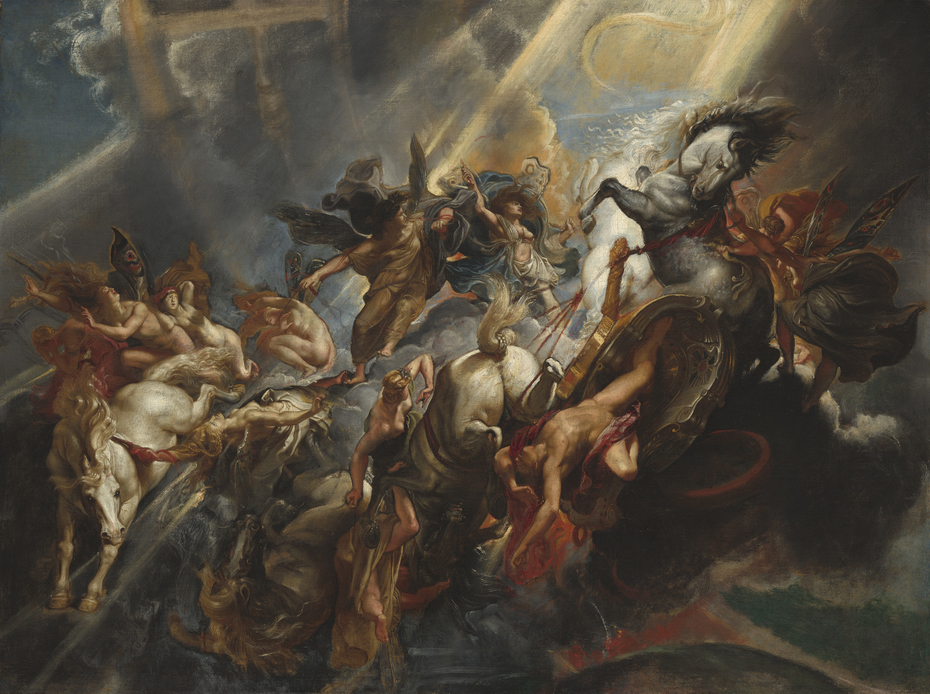
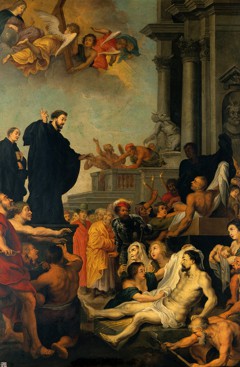
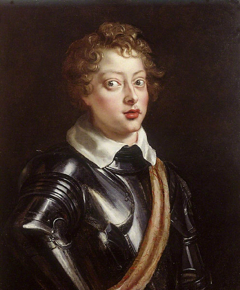
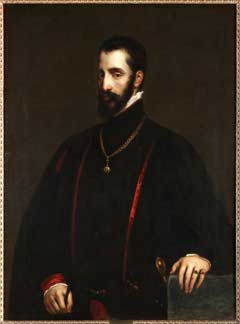
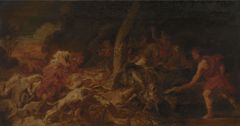
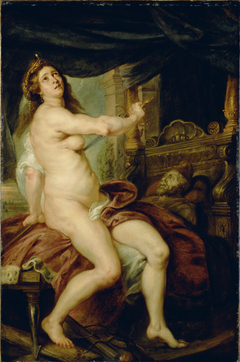
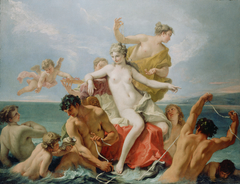
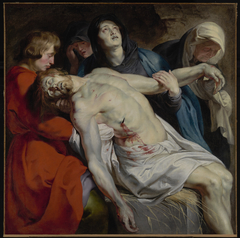
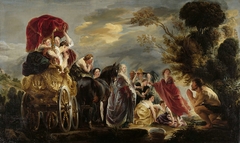
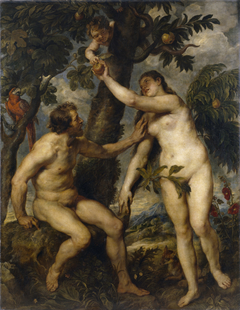
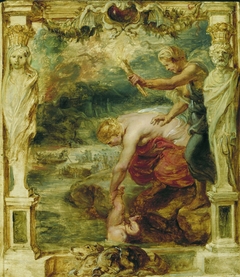
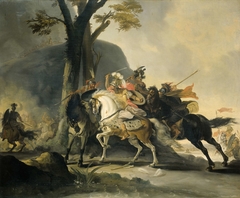

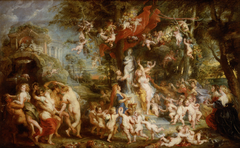
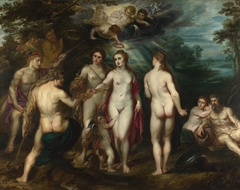
Discussion